Results
-
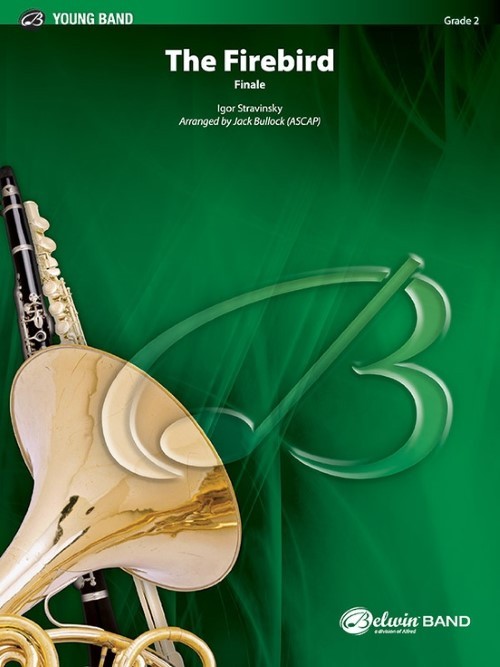 £55.50
£55.50The Firebird, Finale (Concert Band - Score and Parts) - Stravinsky, Igor - Bullock, Jack
A controversial piece at its premiere performance, The Firebird quickly became standard repertoire for symphony orchestras. The suite contains a thrilling "thunderclap" in the wonderful conclusion. This arrangement of The Firebird was transcribed for developing bands, introducing young musicians to Stravinsky and this 20th Century musical composition. Tremendous classic repertoire for your young band!Duration: 3.00
Estimated dispatch 7-14 working days
-
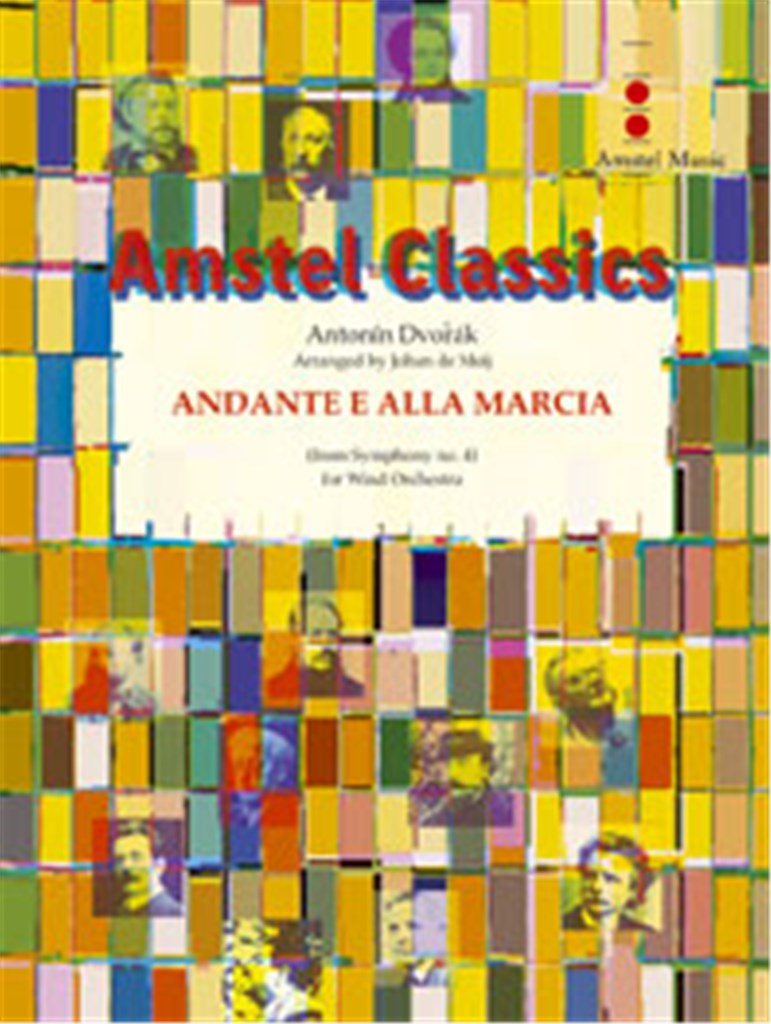 £132.00
£132.00Andante e Alla Marcia (Concert Band - Score and Parts) - Dvorak, Antonin - De Meij, Johan
Dvorak's Symphony No.4 (1874) was a pivotal work in the career of this famous Bohemian composer. In the work Dvorak is finally freed from the influence of other composers and succeeds in producing a work in his own unique style. The slow introduction of the second movement (Andante sostenuto e molto cantabile) however clearly showed the influence of Wagner's Tannhauser, but the l'Alla Marcia du Scherzo is again typical Dvorak. You can also hear the obvious references to the traditional music of Bohemia which played an important part in late works of Dvorvak. A terrific classical work for your concert repertoire. Duration: 5.45
Estimated dispatch 7-14 working days
-
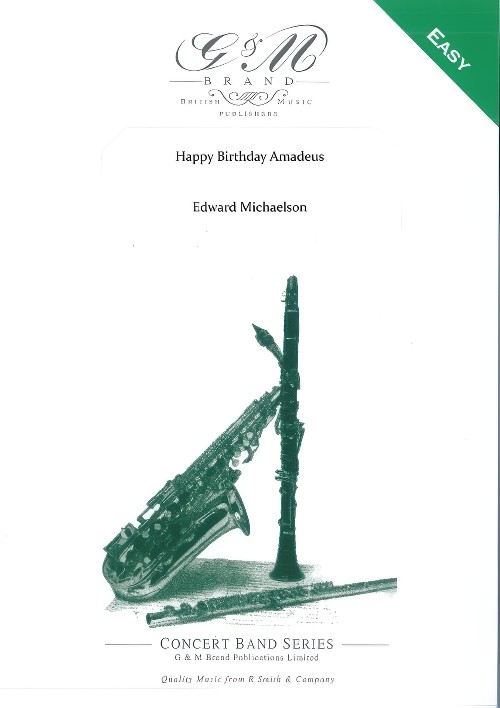 £49.95
£49.95Happy Birthday Amadeus (Concert Band - Score and Parts) - Michaelson, Edward
Michaelson, Edward's version of Mozart's finest works, written to celebrate two hundred and fifty years since the master's birth in 1756. The tuneful candles on the cake include the 40th symphony, Voi Che Sapete from "Figaro," Eine Kleine Nachtmusic, the Magic Flute, and the Rondo from the 3rd Horn Concerto. Another witty desecration of music masterpieces from Michaelson.
Estimated dispatch 7-14 working days
-
 £9.95
£9.95Happy Birthday Amadeus (Concert Band - Score Only) - Michaelson, Edward
Michaelson, Edward's version of Mozart's finest works, written to celebrate two hundred and fifty years since the master's birth in 1756. The tuneful candles on the cake include the 40th symphony, Voi Che Sapete from "Figaro," Eine Kleine Nachtmusic, the Magic Flute, and the Rondo from the 3rd Horn Concerto. Another witty desecration of music masterpieces from Michaelson.
Estimated dispatch 7-14 working days
-
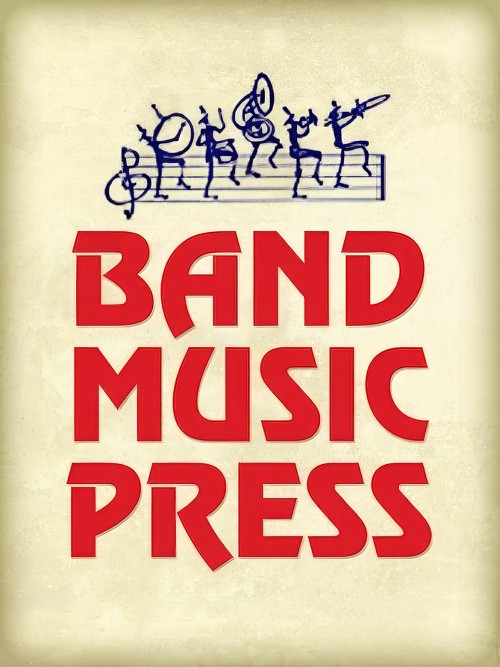 £48.00
£48.00Poem for Band (Concert Band - Score and Parts) - Tatgenhorst, John
Poem for Band is based on a beautiful melody that is shared by flutes, clarinets and trumpets. The low brass and woodwinds enrich the performance with expressive use of dynamics. This music was first written for the London Symphony Orchestra as part of an orchestral suite and has been beautifully adapted for band by the composer.
Estimated dispatch 7-14 working days
-
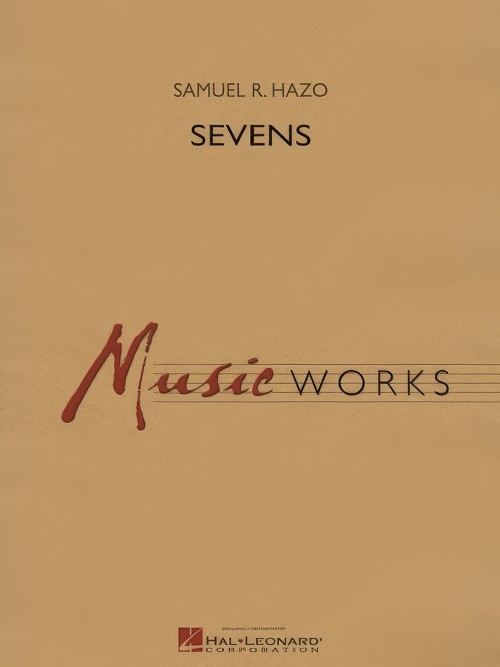 £89.99
£89.99Sevens (Concert Band - Score and Parts) - Hazo, Samuel R.
Best described as a jazz-flavored "barnburner" for wind symphony, Sam Hazo's exciting work pays homage to the innovative concepts of George Gerswhin and an appreciation for modern day jazz composer Gordon Goodwin. "Sevens" refers to the common jazz chord of the 7th as well as number of notes in the phrase, time signatures, etc. Strangely enough, both Gershwin and Goodwin share the same initials (G.G.), have 7 letters in their names, and the letter "G" is the 7th letter of the alphabet! Let it rip. Duration: 3:50
Estimated dispatch 7-14 working days
-
 £39.50
£39.50Game On! (Concert Band - Score and Parts) - Wood, Gareth
Whether writing for professional symphony orchestra, National and International championship festivals or beginner band, the personality is always there in Wood's music. His fluency, craftsmanship and flair for colour and atmosphere never vary. Dynamic contrasts, drive and powerful simple rhythmic motifs create increasing energy and excitement to get the adrenaline pumping. This is one game you won't lose.Duration: 02:00
Estimated dispatch 7-14 working days
-
 £94.99
£94.99Pilgrims' Swing (Concert Band - Score and Parts) - Lloyd, Graham
The Andante from the first movement of Mendelssohn's Italian Symphony (often nicknamed Pilgrims' March) contains the most beautifully haunting melody supported by the simplest of bass lines and counterpoint figures. As a young musician, Graham Lloyd was so fascinated by this music he bought the orchestral score to study the notes, which at the time made little sense to him. However, he did notice that the bass line was similar to a "walking bass" line in a standard swing tune.In this composition Graham Lloyd uses Mendelssohn's original bass line, melodic line and counterpoint figures but gives them a swing feel. Who knows, maybe if Mendelssohn had been born a hundred years later, he could have become one of our big band leaders!Duration: 5:15
Estimated dispatch 7-14 working days
-
 £66.95
£66.95Thanksgiving (Concert Band - Score and Parts) - Schmidt, J. Eric
Movement 3 from Symphony of PrayerThe theme and variation form is taken to new heights with the breath-taking new work from J. Eric Schmidt. The theme is presented brightly in the brass, and then proceeds with five variations. A recap of the material ends with a short and swirling coda.Duration: 6.15
Estimated dispatch 7-14 working days
-
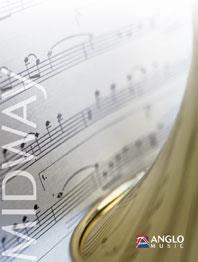 £206.99
£206.99Songs of the East Coast Fishermen (Concert Band - Score and Parts) - Sparke, Philip
100 years ago English composer Vaughan Williams visited Norfolk (an area on the east coast of England) to collect and notate folk songs from people of all trades and callings. Accompanied by a local clergyman, he visited The Tilden Smith, a pub which was a favourite haunt of the 'Northenders', the local fishermen, and in less than a week the composer had notated 61 songs. Vaughan Williams incorporated the best of these songs into his own music, most notably in A Norfolk Rhapsody and the Sea Symphony. Philip Sparke has composed this suite based on five of these folk songs together with King's Lynn, a folk song which Vaughan Williams adapted into a popular hymn tune. Why not bring a piece of traditional English heritage to any concert with this melodious work.Duration: 14:00
Estimated dispatch 7-14 working days
